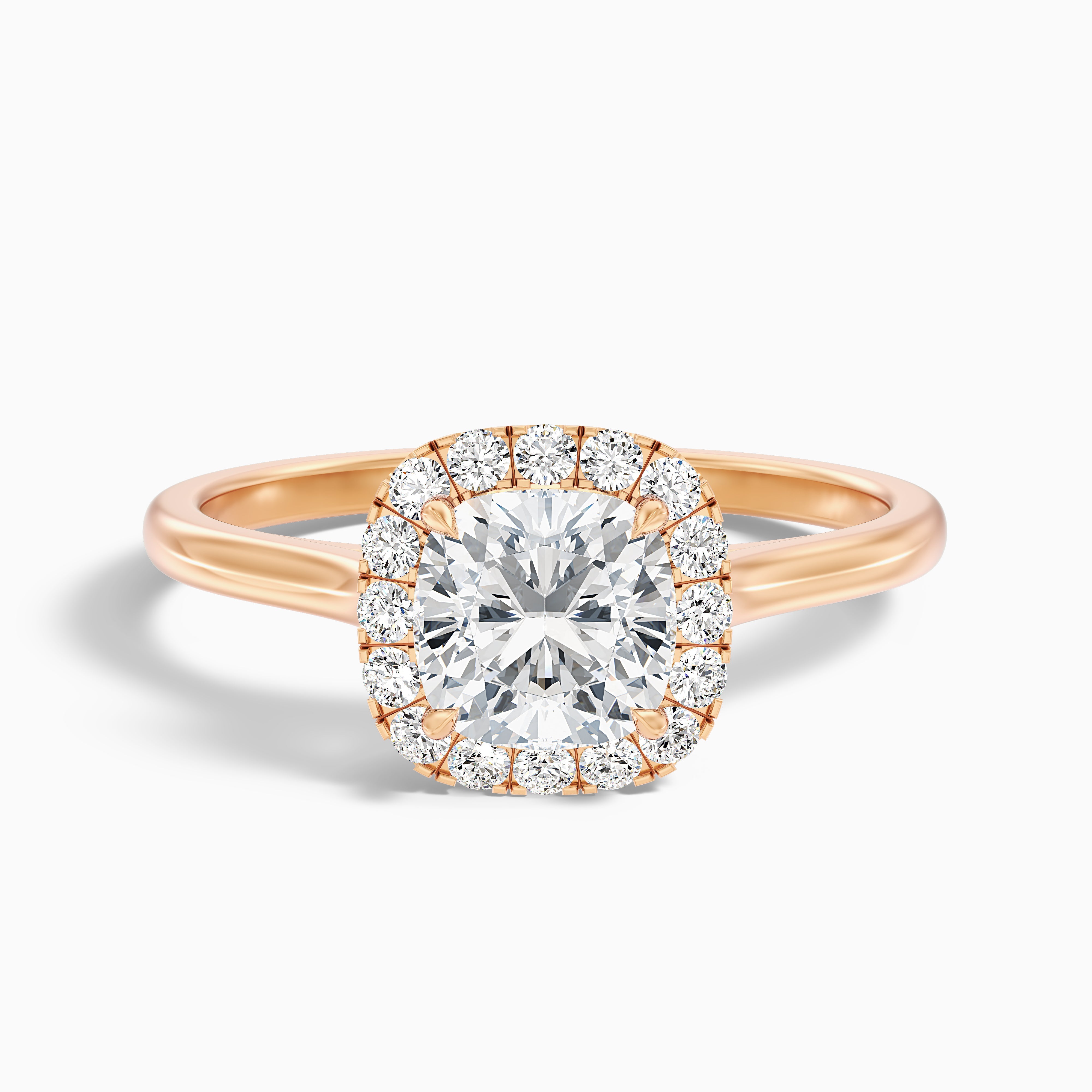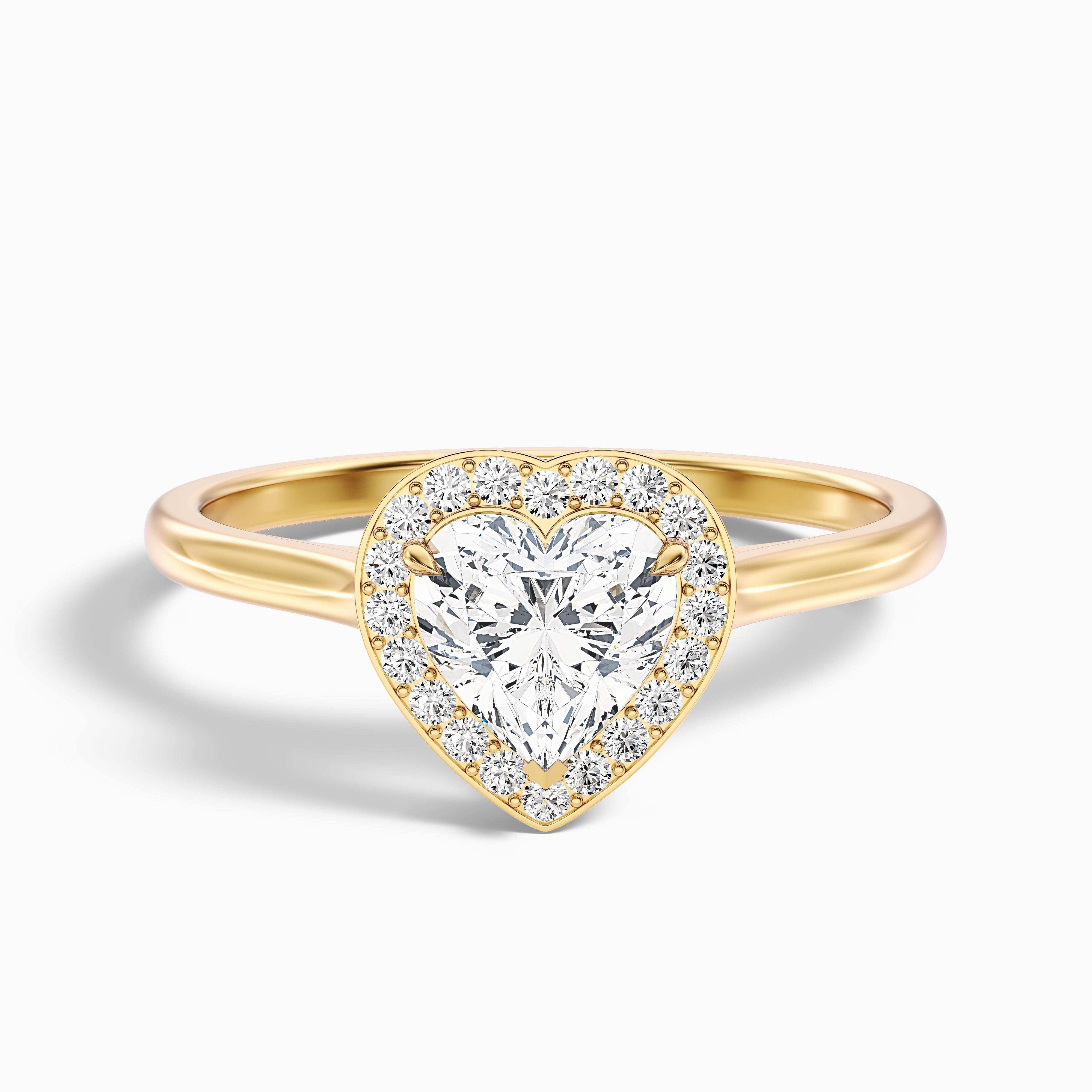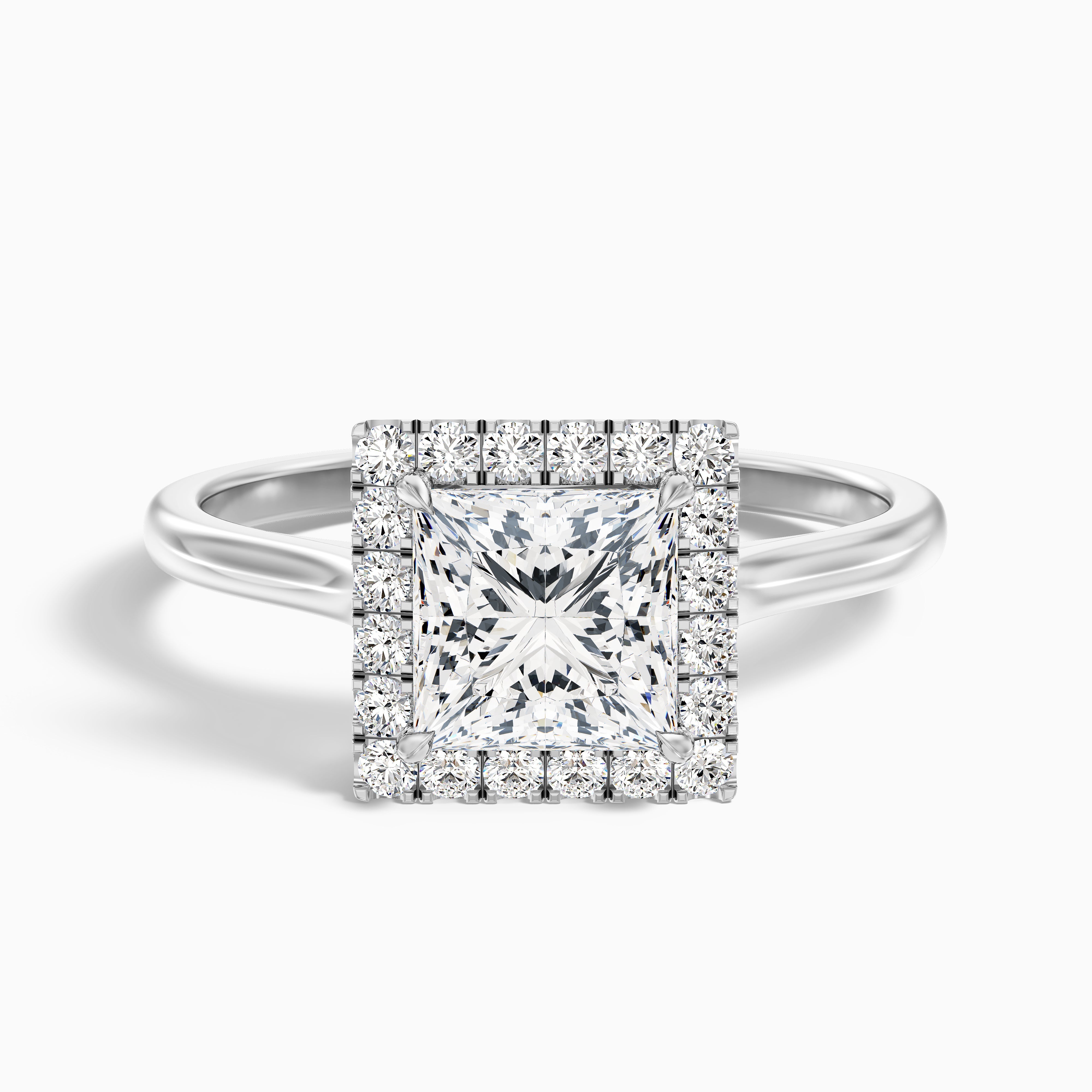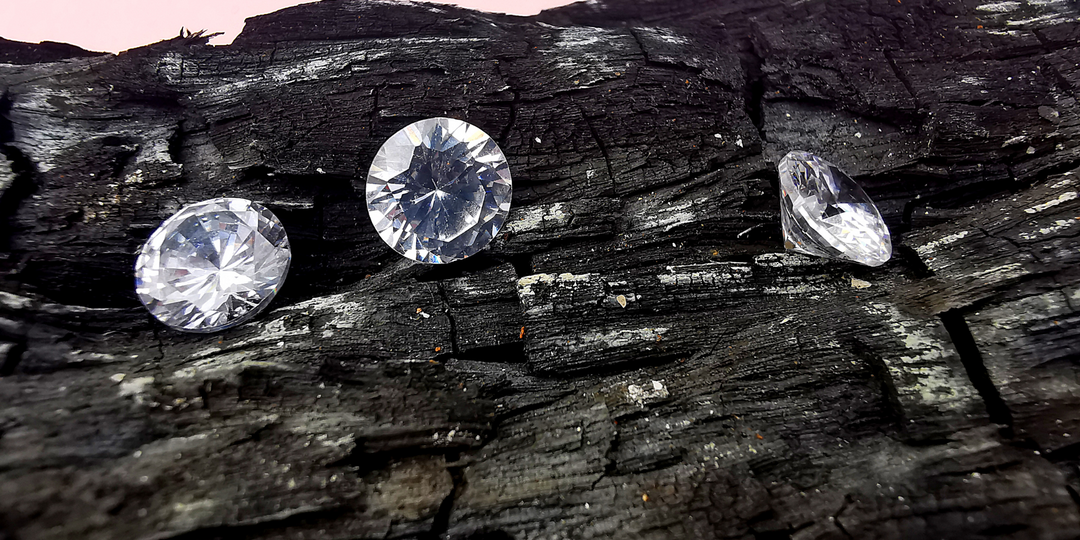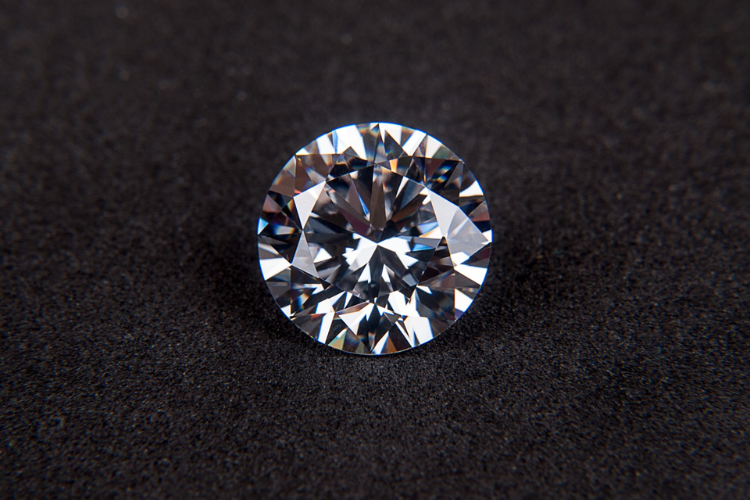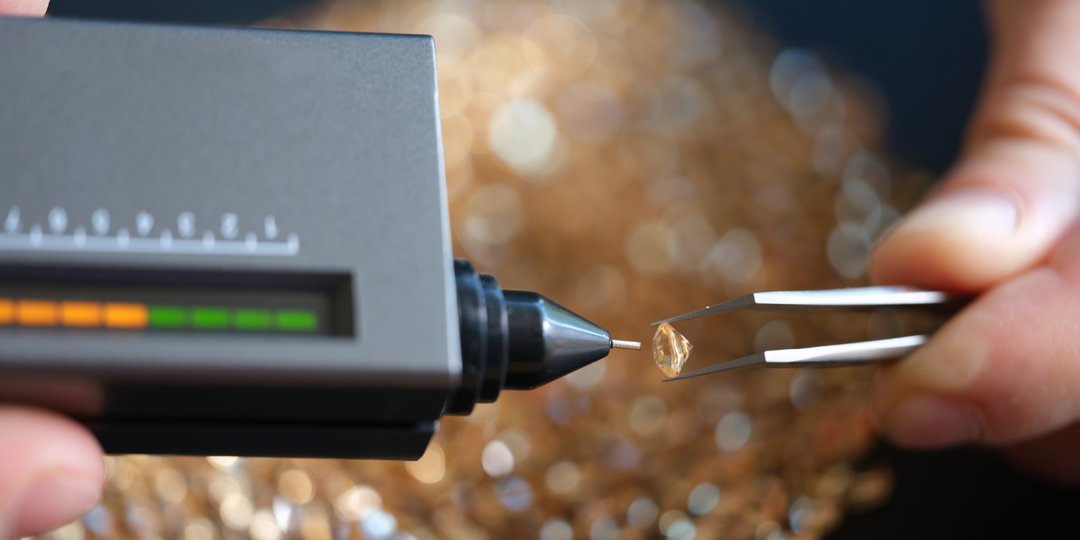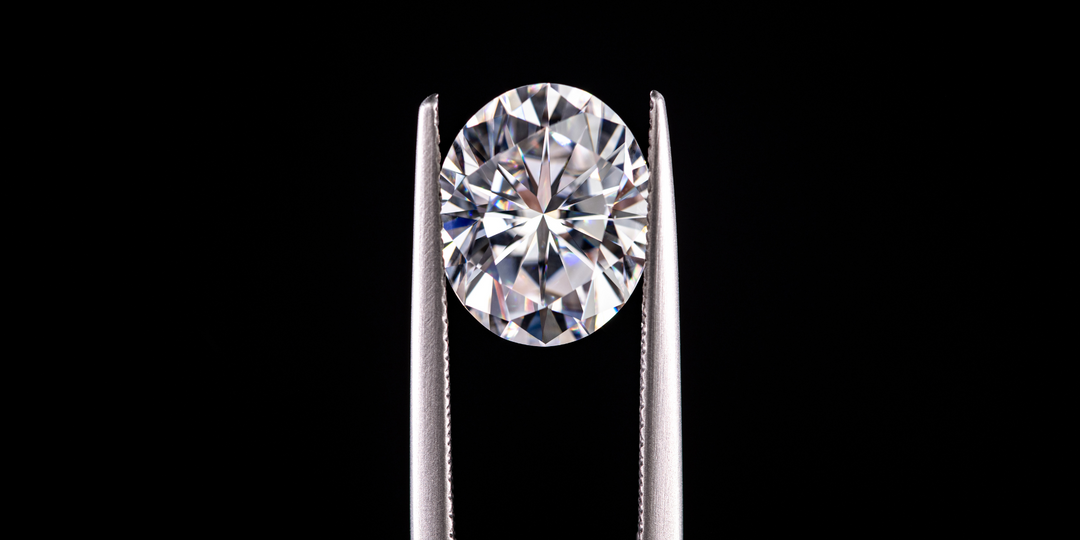What are the Types of Lab Grown Diamond Cut: Shapes and Quality?
Diamonds have long been the go-to symbol for luxury and timeless beauty, but with lab grown diamonds stepping into the spotlight, their charm has reached new heights. These diamonds aren't just more sustainable and ethical; they're also available in a range of stunning cuts that can leave you absolutely mesmerized.
In this blog post, we'll dive into the various types of lab grown diamond cuts, giving you the scoop on what makes each one unique. Whether you're a jewelry lover, a sustainable shopper, or just on the hunt for a dazzling new gem, this guide is your perfect companion.
What is a Diamond Cut?
When we talk about a diamond's "cut," we're actually talking about how well its facets play with light, not its shape, which is just the form or outline. The cut is all about the angles and proportions that make it sparkle. Even a perfect diamond can look dull if it's not cut right.
The key parts of the cut include proportions, symmetry, and polish. Proportions are about getting the angles and measurements just right so the light bounces around perfectly. Symmetry is about the precision of the shape and how the facets are arranged, while polish is all about how smooth and shiny the surface is.
The cut is super important because it affects a diamond's brilliance, fire, and that mesmerizing sparkle. So, whether it's lab grown or natural, the cut quality really makes a difference in how the diamond looks overall. A diamond with a good cut will reflect light beautifully and sparkle, while a poorly cut one might look dull, no matter how great its color and clarity are.
The Gemological Institute of America (GIA) rates diamond cuts from Excellent to Poor, considering factors like brightness, fire, and scintillation. The better the cut, the more stunning the diamond looks!
Diamond cut involves the technical details—how a diamond's proportions, symmetry, and polish affect its sparkle. Diamond shape is simply the overall style, like round, princess, or oval. Both cut and shape contribute to a diamond's beauty, but a well-cut diamond will generally shine brighter, regardless of its shape.
| Cut Grade | Total Depth (%) | Table Width (%) | Crown Angle (°) | Pavilion Depth (%) | Girdle Thickness | Polish | Symmetry |
|---|---|---|---|---|---|---|---|
| Ideal | 58.5 - 62.0 | 53 - 58 | 34.0 - 35.0 | 42.5 - 43.5 | Thin to Slightly Thick | Excellent | Excellent |
| Excellent | 58.0 - 62.5 | 52 - 60 | 33.5 - 35.5 | 42.0 - 44.0 | Very Thin to Thick | Very Good | Very Good |
| Very Good | 57.5 - 63.0 | 51 - 61 | 33.0 - 36.0 | 41.5 - 44.5 | Extremely Thin to Thick | Good | Good |
| Good | 56.0 - 64.0 | 50 - 62 | 32.0 - 37.0 | 41.0 - 45.0 | Extremely Thin to Very Thick | Fair | Fair |
| Fair | 55.0 - 65.0 | 49 - 63 | 31.0 - 38.0 | 40.0 - 46.0 | Extremely Thin to Very Thick | Poor | Poor |
Here’s a brief explanation of each above point:
Total Depth (%): How tall the diamond is from top to bottom. It affects how much it sparkles.
Table Width (%): The size of the flat top part of the diamond. It helps determine how much light the diamond reflects.
Crown Angle (°): The angle of the top part of the diamond. It influences how colorful the sparkles are.
Pavilion Depth (%): The depth of the bottom part of the diamond. It affects how well the diamond shines.
Girdle Thickness: The thickness of the edge around the diamond. It’s important for the diamond’s strength and how it’s set in jewelry.
Polish: How smooth the diamond’s surface is. Smoother surfaces look better.
Symmetry: How evenly the diamond is cut. More even cuts make the diamond look prettier.
Popular Lab Grown Diamond Shapes
Lab grown diamonds come in a variety of shapes, each with its own character and charm. Let's take a closer look at some of the most popular shapes that you might encounter.
Round Cut

What's a round cut diamond, you ask? Well, it's also known as a round brilliant cut, and there's a good reason it's so popular. Around 75% of all diamonds sold worldwide are of this shape. Why? Because with 57 or 58 facets, they're crafted to reflect light in the most dazzling way, giving you that stunning sparkle everyone loves. The round brilliant cut really took off in 1919, all thanks to Marcel Tolkowsky, who nailed down the perfect proportions for ultimate brilliance. And, as they say, the rest is history!
Princess Cut

Imagine a diamond that's square or rectangular from above, with those sharp, pointed corners—that's a Princess Cut! Known for its crisp, square shape and chevron-shaped facets, it delivers a modern vibe with tons of sparkle. Officially, it's a "square modified brilliant," but "Princess Cut" just sounds way more regal, right? It's actually the second most popular cut, right after the round one.
- Profile: Side view? Think of an inverted pyramid with four beveled sides.
- Facets: Typically, it has 58 facets, which is why it sparkles so brilliantly.
- Appearance: From above, you might notice an “X” shape due to the way the facets are arranged.
Emerald Cut

Imagine a gemstone that's rectangular with cropped corners and has a series of parallel lines or "steps" cut into it. That's an emerald diamond shape! This unique design creates a "hall of mirrors" effect, giving the stone a sophisticated and elegant look.
- Facets: It typically has 57 facets set in a step-like pattern.
- Clarity: With its large, open table, you might notice inclusions more easily, so going for higher clarity grades is a good idea.
- Color: Emerald cuts tend to show more color, so choosing a higher color grade can really make a difference.
Cushion Cut

A cushion cut diamond, sometimes called a pillow cut, mixes a square or rectangular shape with rounded corners for a soft, pillow-like look. These diamonds are super popular for engagement rings and often come in halo settings. You’ll also find them in fashion jewelry and those stunning larger-carat earrings!
Oval Cut

An oval cut diamond is basically like a stretched-out circle. It takes the sparkle of a round cut but adds a unique, longer shape that can make the diamond look bigger than its carat weight.
- Facets: Oval cut diamonds typically have 58 facets, similar to round brilliant cuts, which contribute to their exceptional sparkle.
- Bowtie Effect: A dark area that can appear in the center of an oval cut diamond due to light reflection. Watch out for it when choosing an oval cut.
Marquise Cut

The marquise cut has quite a story—it goes all the way back to the 18th century! Apparently, King Louis XV of France wanted a diamond that looked like the lips of his mistress, the Marquise of Pompadour. It’s also called the “navette” cut, meaning “little ship” in French, thanks to its boat-like shape.
- Shape: The marquise cut has a unique, elongated shape like a football, with pointed ends and curved sides.
- Length-to-Width Ratio: Ratios typically range from 1.75 to 2.15. Below 1.75 may appear thick, while over 2.15 looks slender.
- Symmetry: Symmetry is key to the marquise cut's charm; the end points should align, and the sides should mirror each other.
Pear Cut

The pear cut, also known as the teardrop shape, is a cool blend of the round and marquise cuts. It has one rounded end and one pointed end, giving it a unique silhouette. You’ll often see this cut in pendants and earrings because it’s so flattering and gives an elongated look.
- Facets: A pear cut diamond usually has about 56 facets, but this can vary.
- Length to Width Ratio: This ratio is key to how the diamond looks. A ratio of 1.5 to 1.6 is generally the sweet spot for a balanced look.
- Size Appearance: Thanks to its elongated shape, a pear cut diamond can look bigger than other diamonds with the same carat weight.
Radiant Cut

The radiant cut diamond is a modern shape that mixes the best of both worlds: the sparkle of a round brilliant and the elegance of an emerald cut. Created by Henry Grossbard back in 1977, it's known for its incredible brilliance and fire, which is why it's such a hit for engagement rings and fine jewelry.
- Facets: It usually has 70 facets, combining step cuts on the crown and brilliant cuts on the pavilion to maximize sparkle.
Asscher Cut

An Asscher cut is a cool, square-shaped diamond with trimmed corners, giving it a unique octagonal or square emerald cut look. It's got these step-cut facets, lined up like steps instead of smooth slopes. This pattern creates a distinctive "hall of mirrors" effect, making the diamond reflect light in a truly captivating way.
- Shape: The Asscher cut is a square with cropped corners, giving it an octagonal shape.
- Facets: It usually has 57 or 58 facets in a step-cut pattern like the emerald cut, creating a “hall of mirrors” effect for a unique, flashy appearance.
- Crown and Pavilion: The high crown and deep pavilion add to its brilliance and distinctive look.
Factors Affecting Diamond Cut Quality
The cut of a diamond is one of the four Cs (carat, cut, clarity, and color) that determine its overall value. A well-cut diamond maximizes its brilliance, fire, and scintillation, making it appear larger and more attractive.
Here are the key factors that contribute to the quality of a diamond's cut:
Proportion
Proportion is all about a diamond's facet ratios and angles, like depth, width, and table size. When the proportions are just right, light bounces back up through the top, making it really sparkle. But if they're off, light can slip out the sides or bottom, dulling its shine. The table size and depth percentage impact how light moves in and out. Getting the proportion right ensures your diamond shines its brightest!
Symmetry
Symmetry is all about how precisely a diamond’s facets are aligned. When these facets are well-aligned, the diamond reflects light evenly and sparkles beautifully. On the flip side, poor symmetry can make the light scatter all over the place, reducing the diamond's brilliance and making it look less appealing.
Polish
Polish is all about how smooth a diamond's surface is. When a diamond is nicely polished, it has a smooth, shiny surface that lets light flow in and out with ease. But if the polish isn't great, it can cause little blemishes that mess with how light reflects, which can dull the diamond's sparkle and reduce its value.
How these factors impact overall brilliance and value:
- A diamond with excellent proportion, symmetry, and polish really shines! The light plays off the facets, making it sparkle beautifully.
- On the other side, a poorly cut diamond with uneven proportions or a bad polish will look dull and lack brilliance. The light just doesn’t bounce around as effectively, so it’s not as eye-catching.
- The cut of a diamond really affects its value. A well-cut diamond can be super valuable, even if it has some minor flaws in clarity or color, because of its amazing sparkle. But a poorly cut diamond, even if it’s perfectly clear and colored, might be less appealing and worth less.
How to Choose the Best Cut for a Lab Grown Diamond
Choosing the right cut for your lab grown diamond involves several considerations
First, think about your personal style and preferences. Are you into classic designs, or do you prefer something more modern? Your style will guide you in selecting the right shape.
Next, prioritize quality over carat weight. A smaller diamond with an excellent cut will often look more brilliant than a larger one with a poor cut.
Finally, find a balance between cut, clarity, and color. These three Cs are essential in determining the overall quality and value of a diamond. Focus on what matters most to you and make an informed decision.
Conclusion
Getting familiar with the different types of lab-grown diamond cuts can really boost your jewelry shopping game. Each cut has its own flair, whether it's the classic sparkle of a round cut or the vintage vibe of an Asscher cut. Pay attention to the cut quality and think about your personal style to find the diamond that’s just right for you. If you're curious to dive deeper into lab-grown diamonds, why not chat with a reputable jeweler for some expert tips? Happy diamond hunting!

